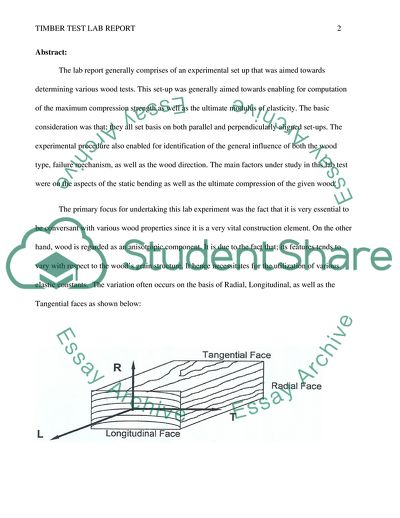Cite this document
(Engineering Materials lab- Timber Test Lab Report Example | Topics and Well Written Essays - 1750 words, n.d.)
Engineering Materials lab- Timber Test Lab Report Example | Topics and Well Written Essays - 1750 words. https://studentshare.org/engineering-and-construction/1880124-engineering-materials-lab-timber-test-lab
Engineering Materials lab- Timber Test Lab Report Example | Topics and Well Written Essays - 1750 words. https://studentshare.org/engineering-and-construction/1880124-engineering-materials-lab-timber-test-lab
(Engineering Materials Lab- Timber Test Lab Report Example | Topics and Well Written Essays - 1750 Words)
Engineering Materials Lab- Timber Test Lab Report Example | Topics and Well Written Essays - 1750 Words. https://studentshare.org/engineering-and-construction/1880124-engineering-materials-lab-timber-test-lab.
Engineering Materials Lab- Timber Test Lab Report Example | Topics and Well Written Essays - 1750 Words. https://studentshare.org/engineering-and-construction/1880124-engineering-materials-lab-timber-test-lab.
“Engineering Materials Lab- Timber Test Lab Report Example | Topics and Well Written Essays - 1750 Words”. https://studentshare.org/engineering-and-construction/1880124-engineering-materials-lab-timber-test-lab.


